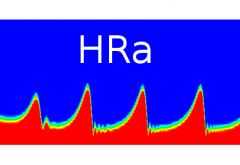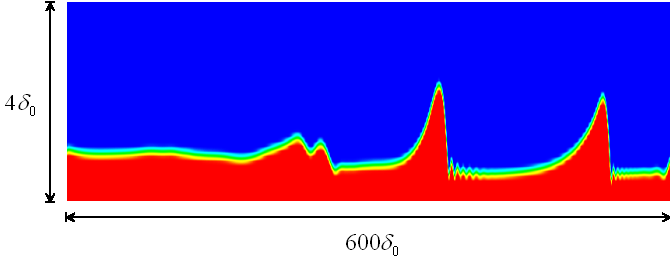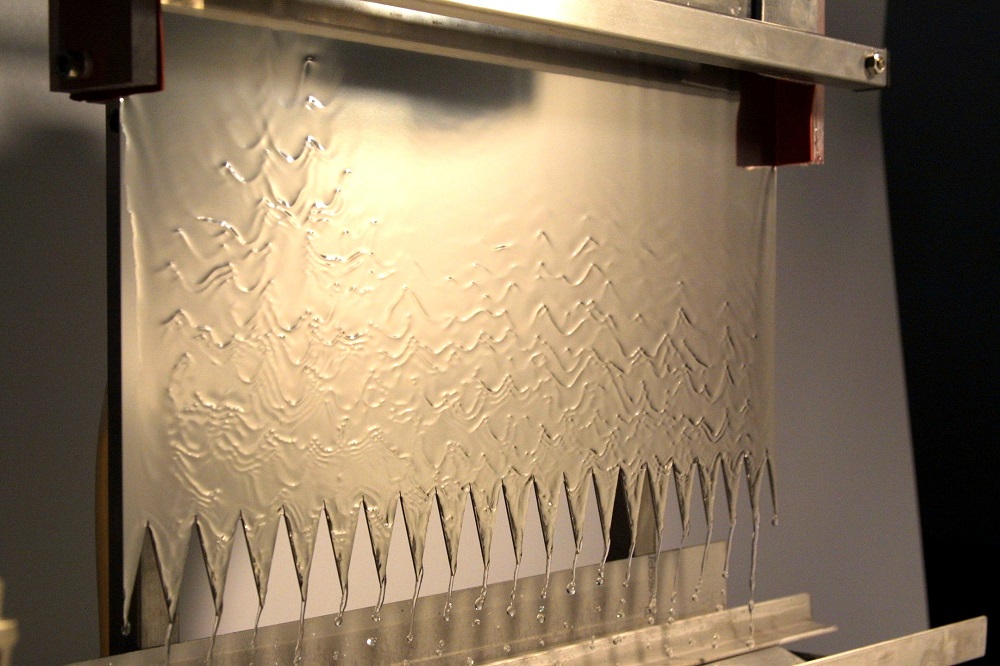
Another part of my life came to an end in October. Writing about it puts the question in which attitude I do it. I want to write thankfully. In 2009, I came to Darmstadt. First I worked at the Technical University, then at the accelerator GSI. I wrote a monography. For 10 years I took part in the workshop band of Jürgen Wuchner who died in 2020. Eight times I participated in the Jazz Conceptions, a one week summer workshop. I enjoyed the vibrant music scene, especially the concerts at Jazz Institute and at Knabenschule. The Frankfurt Radio Big Band played at Centralstation. Darmstadt also has a Staatstheater (public theatre) with opera. Each summer the Jürgen Wuchner Workshop Band gave a promenade concert in Orangerie Garden if it did not rain. I feel sad that I had to leave friends. Certainly will I return as a visitor.


